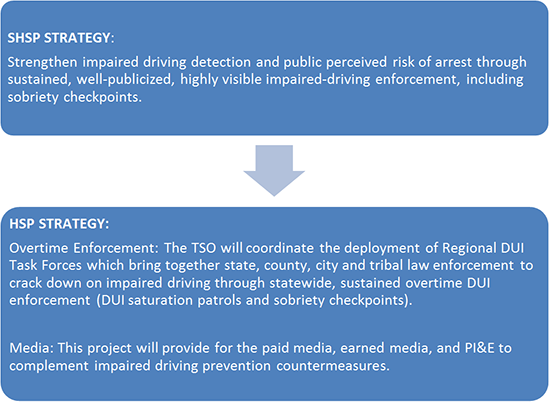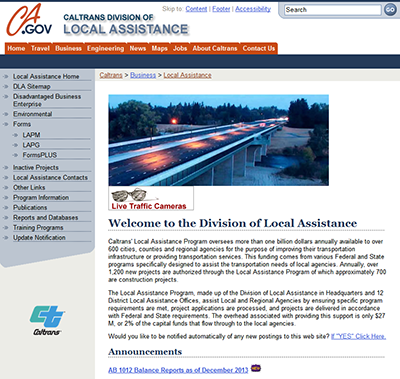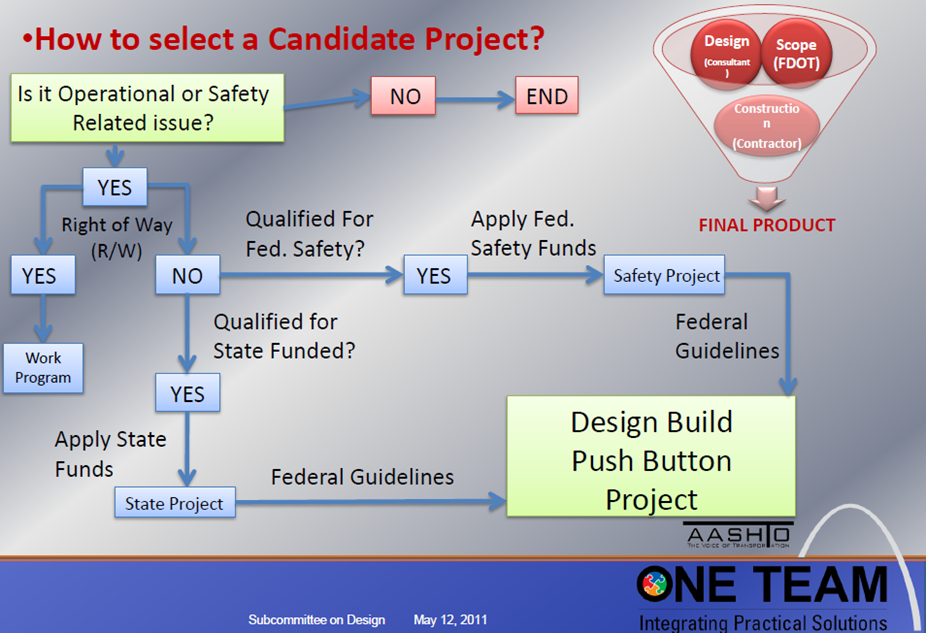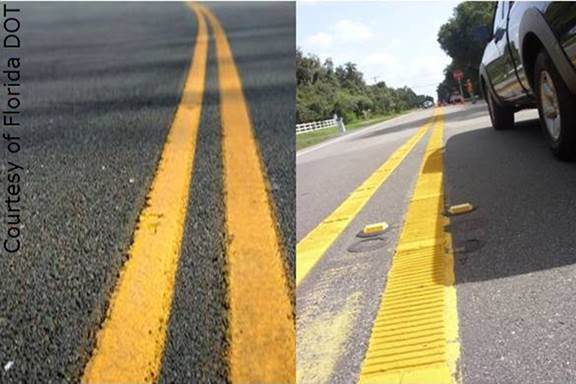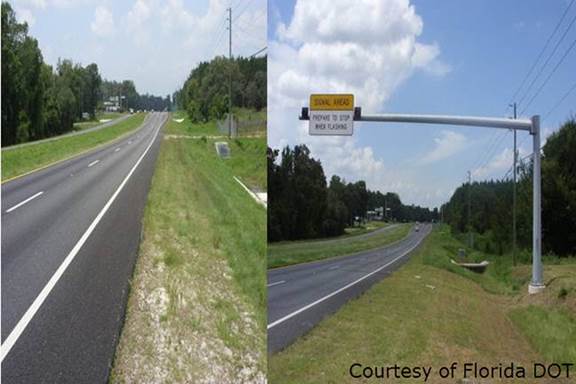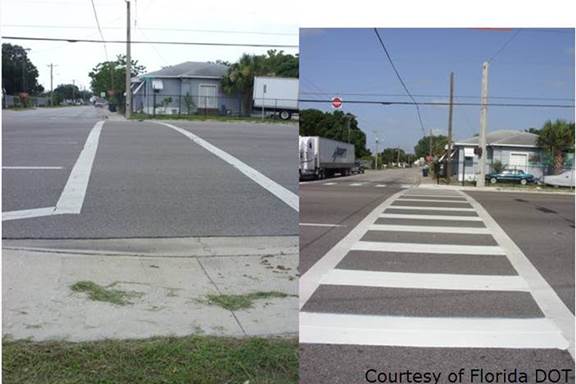Idaho Integrates its SHSP with Other State Plans and Programs
The Idaho practice is discussed after the following introduction about SHSP integration.
Other states in this SHSP Integration Noteworthy Practices series: DE, ME, MD, ND, WA
Introduction to SHSP Integration
The Strategic Highway Safety Plan (SHSP) is a statewide-coordinated safety plan that provides a comprehensive framework for reducing the number of deaths and serious injuries on all public roads. In each State, the SHSP identifies the State's safety goals, objectives and key emphasis areas. It is intended to serve as an ‘umbrella’ plan that is integrated into other State transportation plans and guides the State's roadway safety investment decisions.
Integration Defined
Integration is the act of bringing together or incorporating various parts into a whole. Integration is relevant and important to a State's planning process because every State has numerous transportation plans; each one potentially addressing safety in a different way. The SHSP is the mechanism to bring these safety “parts” together to form a consistent and “whole” safety program for the State.
The Purpose and Benefits of Integration
The purpose of integration is to coordinate and focus the State's roadway safety efforts to maximize the State's ability to save lives.
Through integration, the safety needs of the State can be addressed more strategically and resources can be shared more effectively. As illustrated in Figure 1, integration encourages State partners to strive toward common goals, collectively implement appropriate strategies and actions, share resources to meet or exceed the State's goals and objectives, and most importantly to save lives.
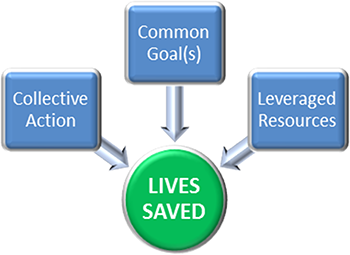
Other potential integration benefits include:
- The use of consistent data and analysis methods.
- Improved allocation of resources to more effectively produce safety improvements.
- Improvements to safety culture across State, regional, and local agencies.
- A reduction in the administrative burden on States and local agencies.
Integration of Plans and Processes
State transportation plans and programs that the SHSP should be integrated with include the Statewide Long Range Transportation Plan (LRTP), Statewide Transportation Improvement Plan (STIP), State Highway Safety Improvement Programs (HSIPs), the Commercial Vehicle Safety Plan (CVSP), the Highway Safety Plan (HSP) Metropolitan Transportation Plans (TIPs), and various modal and regional transportation plans. The relationship of these plans is illustrated in Figure 2.
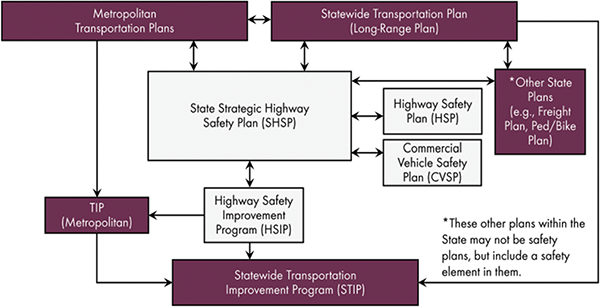
An integrated SHSP positions the State DOT and its safety partners to collectively address the State's safety challenges on all public roads through coordination and consistency among with the following State and regional plans and programs:
- LRTPs to promote a long-range vision that incorporates safety priorities.
- HSIP projects to be consistent with the SHSP emphasis areas and strategies.
- STIPS/TIPS to align programming of projects with SHSP strategies and countermeasures.
- CVSPs to facilitate exchange and collaboration between the commercial motor vehicle safety community and the broader safety community.
- HSPs to ensure a consistent, data-driven approach to improving highway safety, especially in SHSP emphasis areas.
In addition, the SHSP should integrate with city and county planning processes to ensure consideration of safety concerns on all road types.
SHSP Integration Indicators
Indicators that the SHSP and other transportation plans and processes are integrated include the following:
- Other transportation plans incorporate elements of the SHSP and include consistent and supporting safety goals, performance measures, objectives, and strategies.
- The priorities and goals of other transportation programs and plans are considered when developing the SHSP.
- Safety partners have access to and use of common safety data, analysis, and methods for determining safety priorities.
- The SHSP is developed with sustained input from disciplines and agencies representing the 4Es of safety (engineering, enforcement, education, and emergency medical services).
- Safety partners assist in the implementation of SHSP strategies.
- SHSP stakeholders and experts are included in other transportation planning processes.
- SHSP priorities and strategies are considered in project prioritization and programming.
- Various sources of funding are used to achieve safety goals.
- Progress towards safety goals is measured jointly and regularly.
Idaho
Background
The Idaho Strategic Highway Safety Plan (SHSP) incorporates the input of numerous safety partners and is closely integrated with other State traffic safety plans. Idaho's SHSP brings partners together from across the State to address Idaho's most significant issues to improve safety and reduce traffic deaths and serious injuries.
SHSP Integration Strategies
Collaborative Development
The Idaho Transportation Department (ITD) developed the SHSP through a collaborative process with multiple safety partners with the explicit purpose of strengthening safety partnerships, supporting safety coalitions, sharing data, knowledge and resources, avoiding redundant activities, and leveraging existing resources. The ITD partnered with the Federal Highway Administration (FHWA) Office of Safety to host an SHSP Workshop and Peer Exchange in 2009. More than 100 professionals representing engineering, education, enforcement, and emergency response agencies participated in the event. Following this peer exchange, ITD developed an SHSP that establishes emphasis areas based on the economic costs of crashes, sets strategies across the 4Es, and clearly identifies lead roles and responsibilities for safety agencies across the State.
Coordinated Implementation
Implementation of the Idaho SHSP is guided by an oversight team that meets on a quarterly basis and consists of representatives from the ITD, the Idaho Trauma Registry, FHWA, the Idaho State Police, and the National Highway Traffic Safety Administration (NHTSA). ITD has developed an action steps tracking document, which includes information about the responsible party, funding, and activity status, to help monitor implementation of the SHSP.
ITD has established a sustained process for developing and implementing the SHSP through emphasis area teams led by partner safety agencies. Emphasis area teams have been established to lead the implementation of strategies in specific emphasis areas. Emphasis area team leads include representatives from local and state police departments, advocacy groups, and other highway safety partners. An ITD Highway Safety Program Manager and Research Analyst is a member of the respective emphasis area teams to act as a resource and liaison, but not to act as the chairman of the emphasis team. Each emphasis area team has defined performance measures, which were either agreed on by the SHSP oversight team or adopted from other relevant plans. The emphasis team leads report to the oversight team every six months.
Common Goals, Strategies, and Measures
The Highway Safety Office of the ITD is responsible for the SHSP, the Highway Safety Improvement Program (FHWA), and the Idaho Highway Safety Plan (NHTSA). This allows an integrated approach for safety planning and implementation to take place under one organizational structure for both the behavior and infrastructure programs. The Idaho SHSP places an emphasis on both infrastructure and behavioral factors in roadway crashes and is closely tied to the Idaho HSP. The strategies and projects listed in the HSP are explicitly aligned to strategies described in the SHSP emphasis areas. In addition, the SHSP includes a “Commercial Motor Vehicles” emphasis area that is led by a representative from Idaho State Police Commercial Vehicle Services and is closely tied to the Commercial Vehicle Safety Plan (CVSP). The close alignment of the SHSP, HSP, and CVSP ensures that funding and implementation strategies are closely coordinated across State agencies.
Outreach and Communication
ITD uses the SHSP to reach out to other State and local agencies within Idaho to coordinate safety efforts. ITD has developed brochures and talking points summarizing emphasis area crash data and SHSP strategies. In addition, ITD provides breakdowns of crash data by emphasis area for each of the six ITD districts. ITD uses these materials to conduct outreach with potential safety partners, including MPOs, local agencies, and advocacy organizations.
Key Accomplishments
- Incorporates input from diverse array of partners representing 4Es
- Assigns leadership roles for implementing SHSP to partners and tracks implementation of strategies
- Closely aligns SHSP with Commercial Vehicle Safety Plan (CVSP) and Highway Safety Plan (HSP)
See these other SHSP Integration Noteworthy Practices:
Contact
Brent Jennings, P.E.
Idaho Transportation Department
(208) 334-8557
Brent.Jennings@itd.idaho.gov


